AO Edited
Doune Castle
The castle that provided the setting for much of 'Monty Python and the Holy Grail' is now a pilgrimage site for fans.
Wi nøt trei a høliday in Sweden this yër? Or, failing that, why not visit this castle that’s famous for its appearance in the 1975 Monty Python and the Holy Grail? Located near the village of Doune, Scotland, this castle was originally constructed in the 13th century. After suffering damage, likely in the Scottish wars for independence, it was rebuilt to its present form in the late 14th century.
Luckily, this castle didn’t burn down, fall over, and then sink into the swamp, but it was in a state of ruin by the time it was restored in the 1880s. Today, the castle is managed by Historic Environment Scotland. Visitors can marvel at the striking 100-foot-tall gatehouse, which still includes an iron gate and drawbar, as well as one of the best preserved great halls in all of Scotland, complete with a minstrel’s gallery and distinctive central hearth.
In addition to its cameo in the Python’s comedy classic, the castle has a long history of film and TV appearances. In 1952, it starred in the MGM film Ivanhoe alongside Elizabeth Taylor. Game of Thrones fans might recognize parts of the castle as the exterior for Winterfell in Season One. The exterior was also used extensively as Castle Leoch in Outlander and appears in nearly half of the episodes in the first season.
But the castle remains best known for its numerous appearances in Monty Python and the Holy Grail. In preparation for filming, the Python crew had obtained permission from the National Trust for Scotland to film at several castles as well as the privately owned Doune Castle. When the National Trust revoked permission, fearing damage to the historic structures, the producers had to improvise.
Doune Castle ultimately appears in the film as several different settings, with tight framing of shots used to disguise this. Aside from brief appearances by Kidwelly Castle in Wales and Bodiam Castle in England, Doune Castle serves as nearly every castle shot in the film except for the Castle Aaaaarrrrrrggghhh—that’s Stalker Castle, a privately owned castle further south in Scotland near Oban.
Some of the film’s most iconic scenes take place at Doune Castle. The “Knights of the Round Table” song and dance routine at Camelot were filmed in the Great Hall. The servery and kitchen appear as Castle Anthrax, where Sir Galahad (played by Michael Palin) is tempted by the castle’s inhabitants before being unwillingly rescued by Sir Lancelot (played by John Cleese). The Dutchess’ hall is the room in Swamp Castle where the prince (played by Terry Jones) is imprisoned by his father and guards (played by Graham Chapman and Eric Idle), and the courtyard and Great Hall are the setting for the wedding attacked by an overzealous Sir Lancelot. John Cleese’s French Taunter mocks King Arthur from the castle’s battlements, and the entryway and courtyard were used for the Trojan Rabbit scene.
The castle’s management seems to welcome the fame. The audio guide is narrated by Terry Jones, and visitors are known to turn up banging coconut shells together. Individually priced coconuts are sold in the gift shop, along with plastic black and white cows.
Know Before You Go
The castle is open daily, with hours varying depending on the season. Admission is £10, unless you’re inside a Trojan Rabbit. You can visit the grounds on the outside of the castle for free, there is also walk you can take along the River Teith. Just be sure to wear appropriate clothing and footwear. There is a parking lot on the premises, as well as amenities.

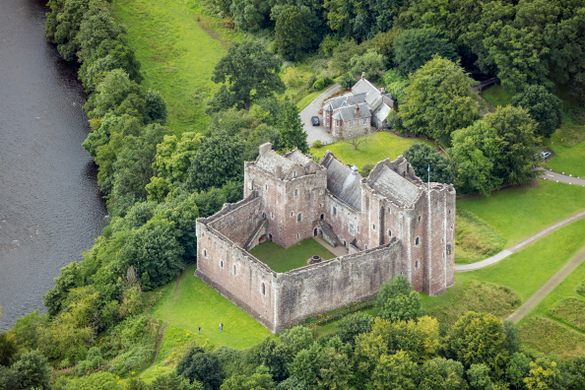

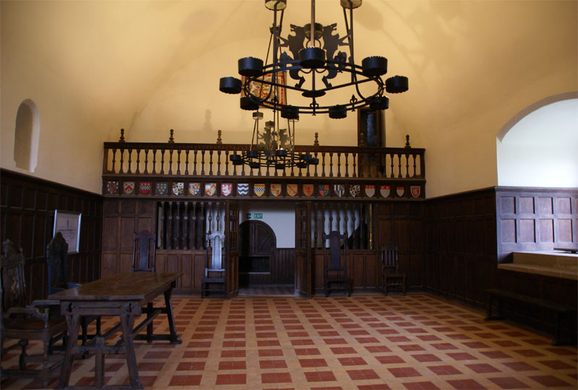



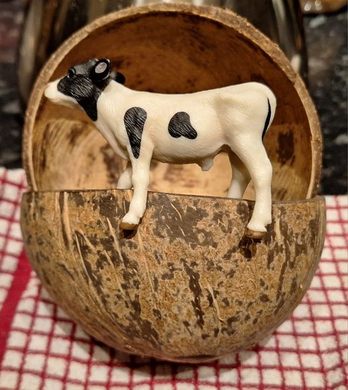













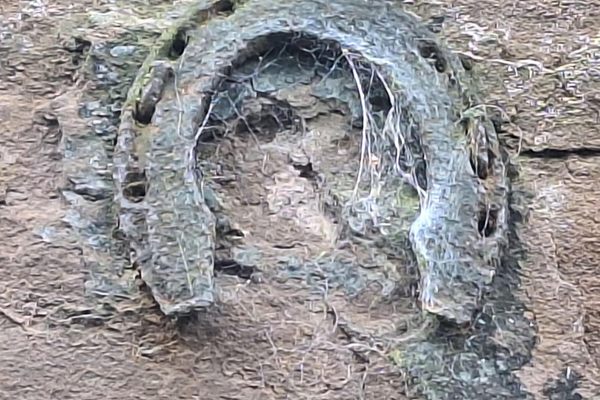

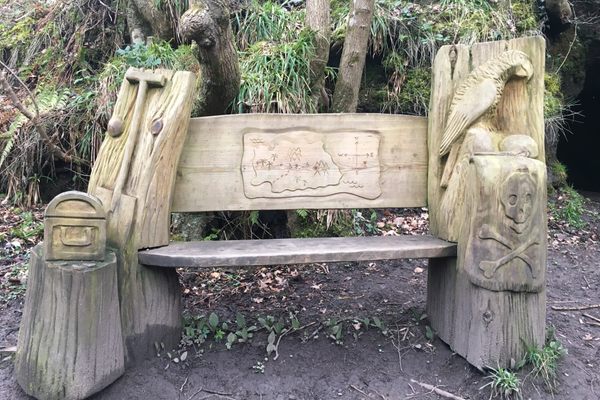


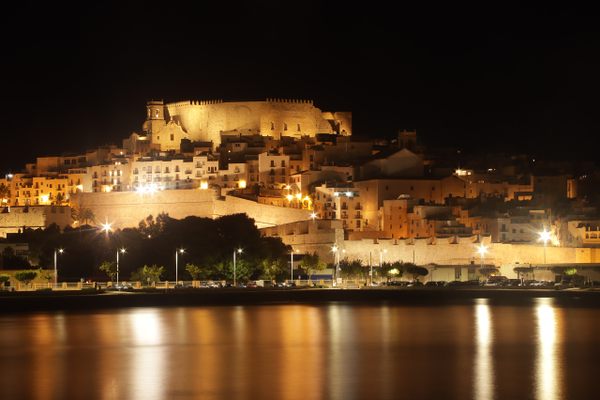



Follow us on Twitter to get the latest on the world's hidden wonders.
Like us on Facebook to get the latest on the world's hidden wonders.
Follow us on Twitter Like us on Facebook